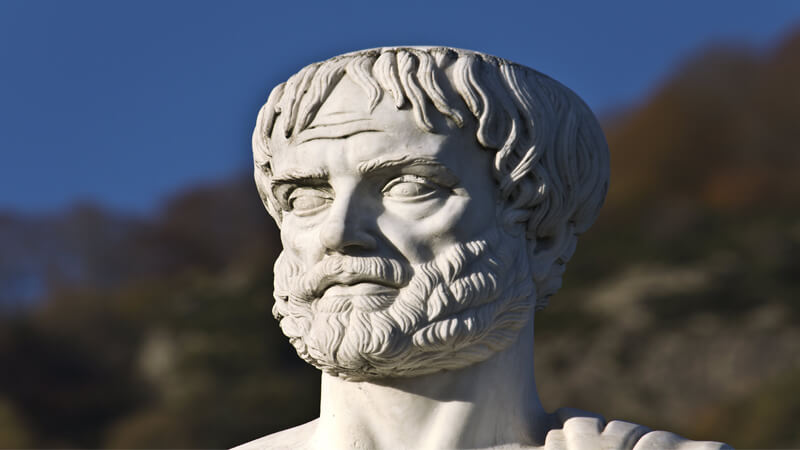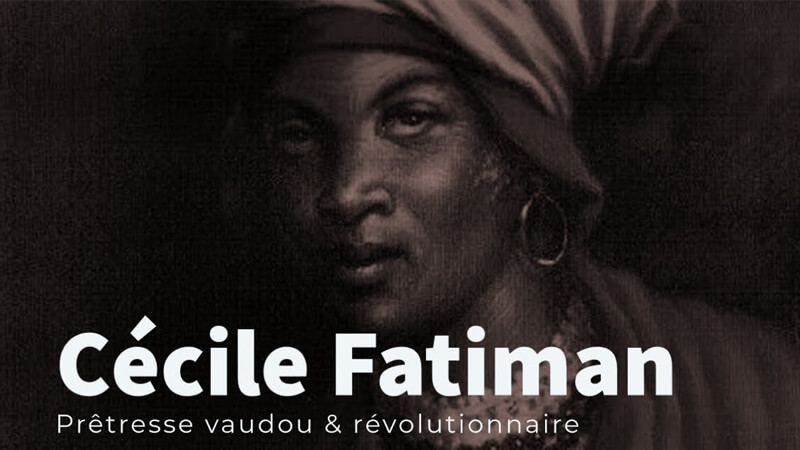Western philosophy is based on the work of the three great Greek philosophers of antiquity: Socrates, Plato and Aristotle.
In spite of the unique relationship that united them (Socrates was teacher of Plato, who was in turn of Aristotle), the orientation of his thought took different ways, and it would correspond to Aristotle to finish the efforts of its teachers and to exert the most lasting influence , not only in the field of philosophy and theology, but practically in all scientific and humanistic disciplines.
See Also: Biography of Nicolas II
In fact, because of the rigor of his methodology and the breadth of the fields he encompassed and systematized, Aristotle can be considered the first scientific researcher in the modern sense of the word.
Biography of Aristotle
- Born:- 384 BC, Stagira, Greece
- Died:- 322 BC, Chalcis, Greece
- Notable Ideas:- Golden mean; Aristotelian logic; Syllogism; Hexis; Hylomorphism; Theory of the soul
- Education:- Platonic Academy (367 BC–347 BC)
- Spouse:- Pythias (m. ?–326 BC)
- Era:- Ancient philosophy
Some examples may give an idea of the extent to which Aristotle laid the foundations for European thought: the Christian and Muslim theologies of the Middle Ages assumed their metaphysics; Aristotelian physics and astronomy remained in force until the seventeenth century; its zoological studies, until the XIX; logic, until the twentieth century; its mere fifty pages on aesthetics are still debated in our day.
Its unquestioned authority, reinforced from the late middle Ages by ecclesiastical Aristotelism, even came to restrain the development of science. If this fact were taken as an accusation, it should be directed not to the philosopher but to his dogmatic followers; but more reasonable is to take it as an illustration of the superhuman magnitude of its imprint and of the abysmal advance which his work represented.
In the Academy of Plato
Aristotle was born in 384 BC in Estagira, a small Macedonian village near Mount Athos; of its native population comes a habitual designation to talk about to the philosopher: Estagirita.
His father, Nicomachus, was doctor of the court of Amintas III, father of Filipo II of Macedonia and, therefore, grandfathers of Alexander the Great.
Nicomachus belonged to the family of the Asclepiades, claiming to be a descendant of the founding god of medicine and whose knowledge was transmitted from generation to generation.
It invites us to think that Aristotle was initiated as a child in the secrets of medicine, and that from there come his fondness for experimental research and positive science. Orphan of father and mother in full adolescence, was adopted by Proxeno, to which years later he could show his gratitude by adopting a son of his called Nicanor.
In the year 367, that is to say, when he was seventeen years old, he was sent to Athens to study at Plato’s Academy. It is not known what kind of personal relationship was established between the two philosophers, but, judging by the few references they make to each other in their writings, it is not possible to speak of an imperishable friendship.
Which, on the other hand, is logical if one takes into account that the philosophy of Aristotle was going to be based on a deep criticism to the platonic philosophical system?
Both were based on Socrates and his concept of eidos , but Plato’s difficulties in inserting into the real world his eidetic world, the world of Ideas, obliged Aristotle to go shaping terms like “substance”, “matter” and “form “, Which would definitely remove him from the Academy.
On the other hand, the legend that Aristotle departed from Athens was disproportionate because Plato, at his death, appointed his nephew Espeusippus to take charge of the Academy: Aristotle was not legally eligible for that position because of his Macedonian status .
Preceptor of Alexander the Great
At the death of Plato, in 348, Aristotle was thirty-six years old, twenty of them had passed simultaneously teaching with study and was in Athens, as they say, without office or benefit.
So he should not have thought much of it when he learned that Hermias of Atarneo, a soldier of Greek fortune (for more details, eunuch) who had taken possession of the north-western sector of Asia Minor, was gathering in the city of Axos as many disciples of the Academy the y would like to collaborate with him in the Hellenization of their dominions.
Aristotle settled in Axos in the company of Xenocrates of Chalcedon, an academic colleague, and of Theophrastus , disciple and future heir of the Aristotelian legacy.
The Estagirita would spend three peaceful and fruitful years there, devoting himself to teaching, writing (much of his Politics wrote there) and domestic life.
First he married a niece of Hermias named Pythias, with whom he had a daughter. Pythias must have died shortly afterwards, and Aristotle joined another stagirite named Erpilis, who gave him a son, Nicomachus, to whom he would dedicate his Ethics.
Since Aristotle himself wrote that the man should marry at age thirty-seven, and the woman at eighteen, it is easy to deduce what ages both of them should have when he joined them.
The breadth and depth of his thought are such that it took two thousand years for someone of similar stature to appear.
After St. Thomas Aquinas integrated his doctrines into Christian theology in the thirteenth century , the authority of the Stagirite became as established and unquestioned as that of the Church, and in science as in philosophy every attempt of intellectual advance would have to begin with an attack on any of the Aristotelian philosophical principles.
However, the path followed by Aristotle’s thought to its later pre-eminence is so astonishing that, even discounting what the legend might have added, it seems to be an adventure novel.
The Adventure of the Manuscripts
With the death of Alexander in 323, a wave of nationalism (anti-Macedonians) unleashed by Demosthenes spread in Athens , a fact that led Aristotle to face an accusation of impiety. Aristotle exiled himself to the island of Chalcis, where he died in 322.
According to tradition, Aristotle ceded his works to Theophrastus, who in turn ceded them to Neleus, who sent them to their parents’ house in Esquepsis solidly packed in boxes and with the order that they hide them in a cave to avoid that they were requisitioned towards the library of Pérgamo.
Many years later, the heirs of Neleo sold them to Apelicón de Teos, a philosopher who took them with him to Athens. In 86 BC, in full Roman occupation, Lucius Cornelius Sila learned of the existence of these boxes and requisitioned them to send them to Rome, where they were bought by Tyranion the Grammarian.
From hand to hand, the works suffered successive deteriorations until, in 60 BC, they were acquired by Andrónico de Rodas, the last head of the Lyceum, who proceeded to its final edition.
A Andronicus is due, for example, the introduction of the term “metaphysics”. In his order of Aristotelian work, Andronicus placed, after the books on physics, a series of treatises which he grouped under the title Metaphysics , an anodyne label that literally meant “after physics” and which would later go on to designate this fundamental branch of philosophy.
Aristotle never used that term; the so-titled treatises dealt with what the Estagirite called “first philosophy.”
With the fall of the Roman Empire, the works of Aristotle, like the rest of the Greco-Roman culture, disappeared until well into the twelfth century, were recovered by the Arabic Averroes , who knew them through the Syrian, Arab and Jewish. Of the total of 170 works that the old catalogs collected, only 30 have been saved, that come to occupy some two thousand pages printed. Most of them come from so-called “acromatic” writings, designed to be used as treatises in the Lyceum and not to be published.
Instead, most of the works published in Aristotle’s own life, written (often in dialogue form) for the general public, have been lost.




